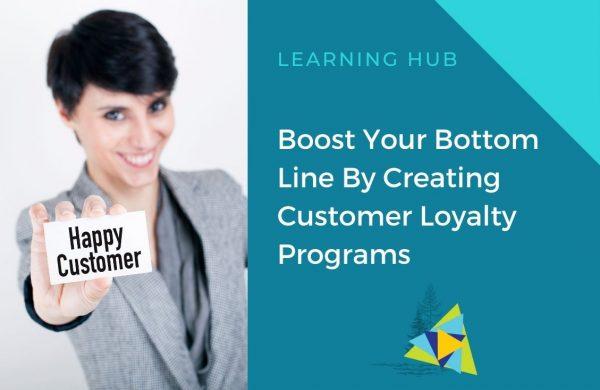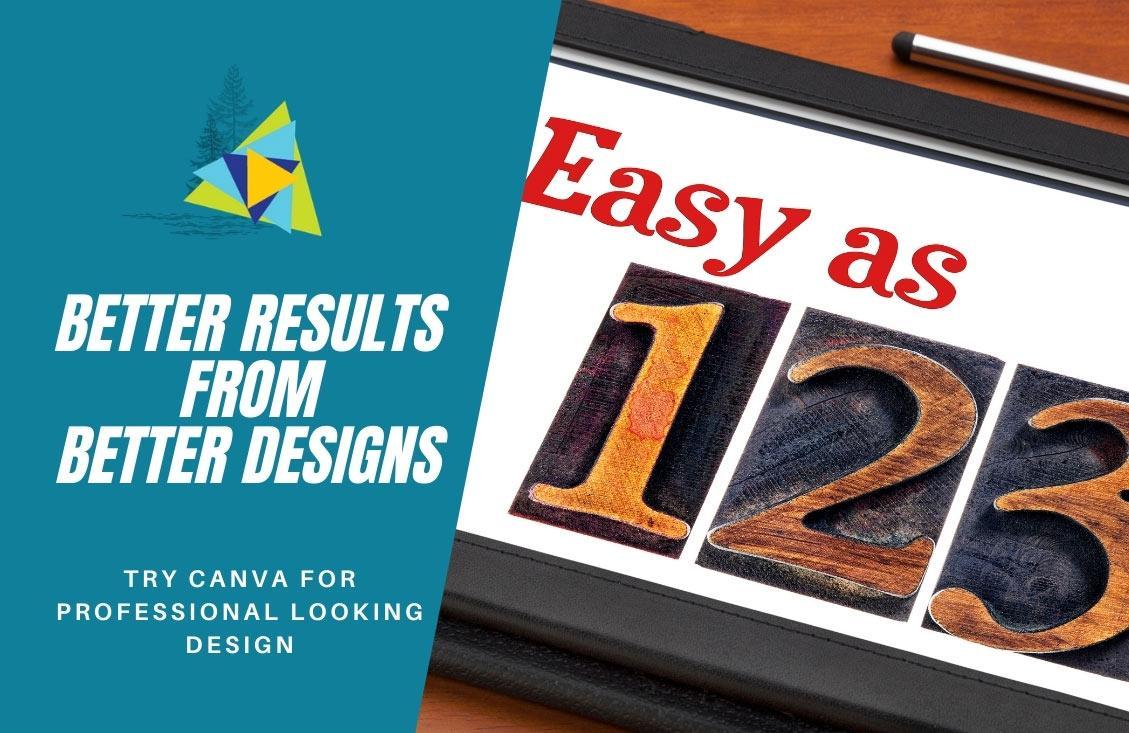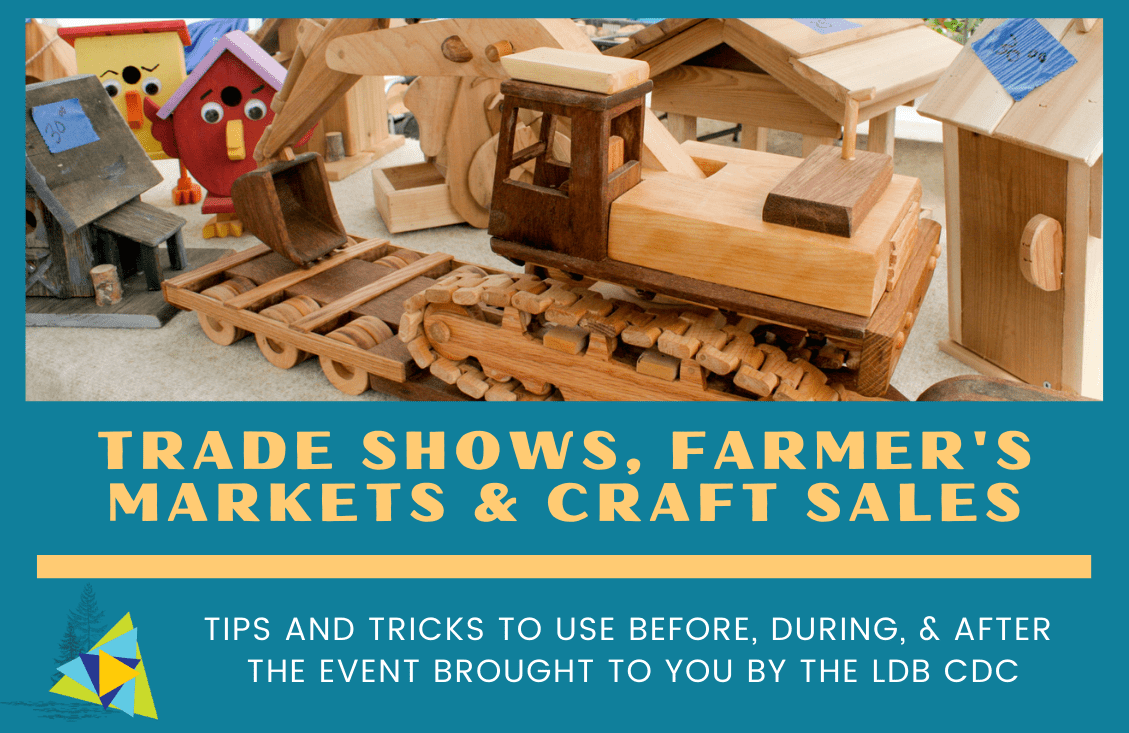 Is customer loyalty dead? NOPE!
Is customer loyalty dead? NOPE!
Customer loyalty has changed, but it’s not dead. A better way to think about customer loyalty is to think about “customer retention.” I like “customer retention” better because it places the onus for action on us – the entrepreneur – and off of the customer to “be loyal.” We retain customers by providing the best possible experience for them.
Most of your customers’ purchasing decisions come down to ‘I like them.’ Why not reward them and make them want to buy more from you?
Why Customer Loyalty Programs
Rewards or loyalty programs create an emotional connection and reward customers for taking specific actions (purchases, referrals, reviews, etc.) because people like to be “thanked” or treated special. And customers come back when you make an emotional connection.
Retaining customers is the key to business growth. It’s well known that earning a new customer is 5 – 25x more expensive than retaining your current customer. It’s simple, once they’ve purchased from you, they are aware and familiar with you, and they’re past the trust barrier – which is the tricky and expensive part of marketing.
“Your chance of selling to an existing customer is 60-70%, while your chance of selling to a brand new customer is 5-20%.” – Marketing Metrics
It’s cheaper and faster to sell to people who already know and like you. Customer retention is where your first marketing dollars should go because it’s where you’ll get the largest and fastest return on your marketing investment.
Customer rewards/loyalty programs can:
- Keep customers coming back to you (reducing customer churn).
- Direct customer spending to higher-margin products/services.
- Give you valuable insight into what your ideal customer likes or dislikes.
- Increase their spending.
How Rewards/Loyalty Programs Work
Loyalty programs pull a few emotional levers.
- Reciprocity – People are inclined to return favours or positive gestures.
- Exclusivity – People like being part of something not available to everyone.
- Fear of loss – People don’t like missing out. They’ll complete tasks to get an achievable reward.
- Freebies – People like getting a deal.
Knowing why people join loyalty programs helps you design a program and use language to motivate your customers to join. Try using language to highlight exclusivity or trigger fear of loss when your program offers exclusive offers. You can highlight free when your customers can earn free products/services.
Not all rewards/loyalty programs are the same. Keep in mind that you may be limited by the technical side when you implement a loyalty program. A punch card to reward a certain number of purchases is an example of a simple non-techy way to keep customers returning. Having customers sign up for email offers requires a little bit of tech – an email marketing service that is easy to use with very few hard costs. You can go all out and track customer purchases and send tailored offers based on purchasing history, but that requires an infrastructure with lots of automation.
Your loyalty program needs to be valuable to your customer regardless of what your program is or what it offers. Customers should get something of value.
How to Create a Rewards/Loyalty Program
Name Your Program – First things first – turn your loyalty into a thing. It needs a name that makes it possible to promote your program. Including something about your brand along with words such as “Rewards” or “Club” is a good starting point.
Establish the Value – Whatever the rewards are, they need value. Assign a dollar value to points or show the monetary value of the reward.
Make it Easy – Customers should be able to join easily. Joining shouldn’t be complicated. Simple online forms and easy in-person sign-ups must be available.
Train Staff – Your staff should know your loyalty program details and should actively promote them and ask customers to join. Train staff to properly pitch it to customers using language that focuses on the emotional trigger.
Types of Loyalty Programs
Repeat purchases – This is the simplest program. You can implement it by printing punch cards that get punched with qualifying purchases. The Co-op gas station in Lac du Bonnet does this with their Cool Slush drinks – buy five and get the sixth free.
Email deals and offers – Customers will give you personal information if you make it worth it. Email newsletters are easy to implement. Keep in mind that your emails must be relevant to your customers. Sending sales and deals where they can save money is an effective way to be relevant. Emails work best when the deals are exclusive and not something available to everyone.
Partner with another local business – Partnering with another business is great because both businesses will benefit from each other. As a teenager, I worked at a gas station that partnered with a large fast restaurant next door. At a reduced price, the gas station purchased coupons for a free cheeseburger from the fast-food restaurant and gave them away with 25-litre gas purchases. The promo gave customers an incentive to fill there, and the restaurant had the opportunity to up-sell fries and drinks when the coupon was redeemed. That’s a win-win-win.
Points & Customer Tracking – Small businesses that can track customer purchases can go a step further and earn big returns. You’re able to send custom offers to customers when you can see what customers have purchased. Customer tracking also allows you to have tiered programs or offer points that customers can redeem.
Unfortunately, this is also the most difficult to implement for local small businesses. Customer purchases are impossible to track manually. Tracking systems combined with automation systems need to be set up to create customer profiles, track their purchases, track points or purchasing tiers, and send out custom offers. However, there are solutions to make a strong point-based or tiered loyalty program that even the smallest of small businesses can implement.
- Check with your credit/debit vendor (POS). Many POS suppliers who handle credit/debit payments have loyalty management systems for small businesses to reward their customers. Moneris is a large supplier of POS systems and offers cost-effective options to provide rewards to your customers.
- Square is popular, especially with home-based businesses. They offer affordable options to provide reward programs at your point of sale.
- Have you considered offering Air Miles? People love collecting Air Miles; you can use their recognizable brand to attract customers.
Cost of Rewards Programs
Loyalty programs have costs. Costs to manage the program and the actual rewards. The costs are low compared to any other form of marketing, and your rewards costs are incurred after purchases. A rewards program that costs 3-5% of your best customer’s purchases is not unreasonable once you consider the increases they will deliver.
“A business’s top 10% of customers spend 3x more than the average customer. The top 1% of customers are spending 5x more than average.” – Adobe
Customer retention is the most effective way to increase your customers’ lifetime value consistently. Increasing the lifetime value of your customer is what drives business growth. Focusing your marketing efforts to serve your existing customers better and increase sales from your best customers will rock your bottom line.


